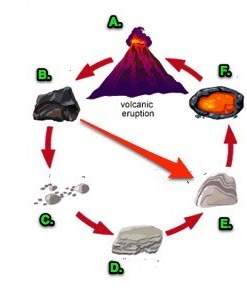
Chemistry, 19.07.2019 20:30 nagwaelbadawi
Alarge nickel plate, 1 mm thick, is heated on both sides by flowing air and loaded in tension to one-half of its failure stress. laboratory tests on small nickel plates, carried out under operating conditions, give a parabolic rate constant of 109 kg2 m4 s1 a) use dimensional analysis to work out how the rate constant given relates to other parameters b) what thickness would need to be oxidised way on each face for the plate to reach its failure stress, assuming that the oxide formed can support no load? estimate the maximum lifetime of the plate under these conditions. during operation, it is observed that the oxide layer spalls off approximately every month. why might this be expected? in the light of this, modify your estimate of the lifetime. c) d)

Answers: 3


Other questions on the subject: Chemistry

Chemistry, 21.06.2019 20:30, mimithurmond03
The speed of light is around 6.706×10^8 miles per hour. what is the speed of light in units of miles per minute?
Answers: 2

Chemistry, 22.06.2019 01:00, XxrazorxX11
How can you use chemical equations to predict the products of the reaction you can carry out?
Answers: 1


Chemistry, 22.06.2019 15:20, mydoggy152
Fossil fuels are organic compounds that are made from
Answers: 1
You know the right answer?
Alarge nickel plate, 1 mm thick, is heated on both sides by flowing air and loaded in tension to one...
Questions in other subjects:

Mathematics, 01.03.2021 03:10

Mathematics, 01.03.2021 03:10





Physics, 01.03.2021 03:10

Mathematics, 01.03.2021 03:10

Social Studies, 01.03.2021 03:10

Engineering, 01.03.2021 03:10




